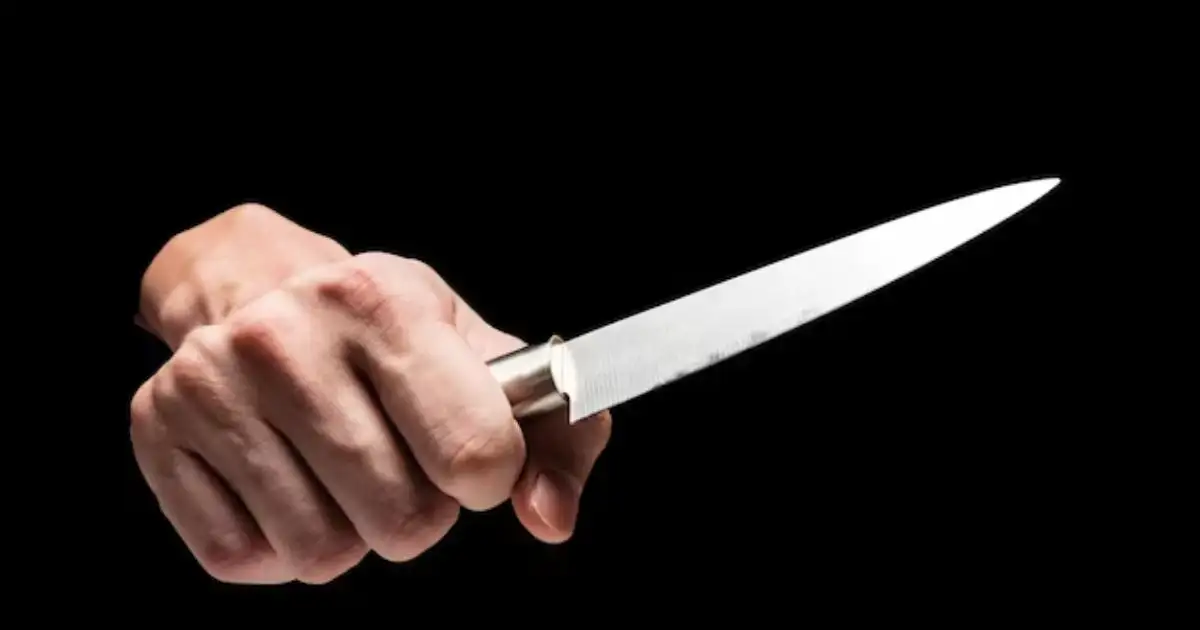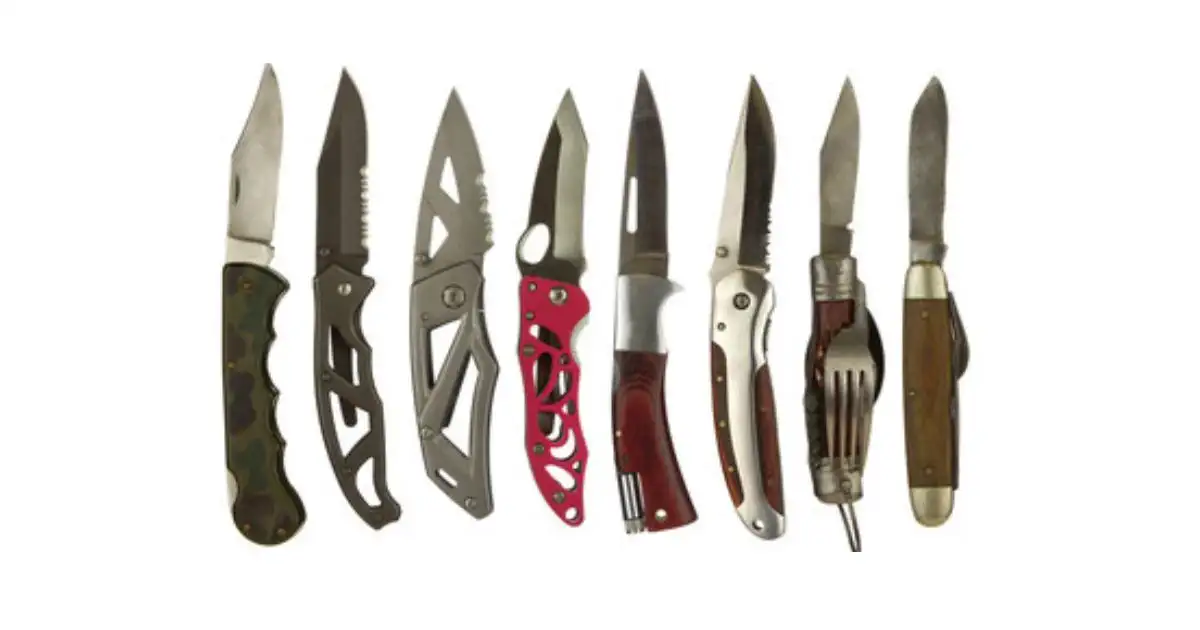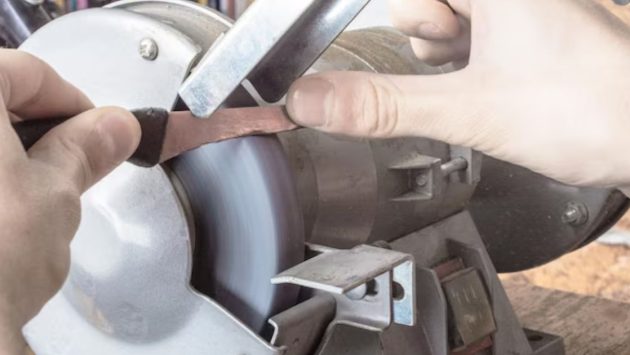Is it illegal to walk around with a knife?
Table of Contents
ToggleIntroduction
A knife is a useful tool that is easily carried from one place to another. Knives have many benefits in daily use, whether for utility or personal use protection. However, carrying a knife according to legal instructions makes it crucial for everyone. By the end, readers will gain valuable insights into the nuances of knife laws, empowering them to navigate responsibly through the diverse legal landscapes that surround this common tool.
What is the importance of knife laws?
Understanding knife laws is essential for several reasons
- Awareness of knife laws helps individuals make informed decisions regarding carrying and using knives for personal safety.
- Understanding the legal boundaries prevents unintentional violations that could lead to confrontations with law enforcement.
- Knife laws can vary significantly between different jurisdictions. Understanding these differences is crucial for individuals who travel, ensuring they comply with the regulations of each location.
- Knowledge of knife laws promotes responsible ownership by encouraging individuals to be mindful of when and where they carry knives.
- Informed individuals are better equipped to engage in advocacy efforts for sensible knife laws and contribute to ongoing discussions about reform.
- By understanding knife laws, individuals can educate their communities, fostering a collective understanding of responsible knife ownership and usage.
Overview of Different Types of Knives
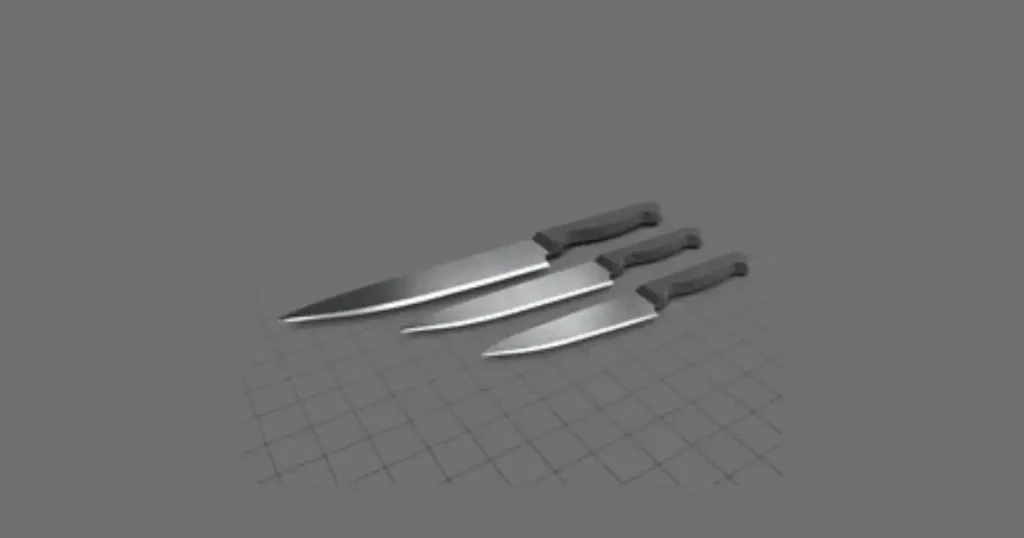
Folding Knives:
- Definition: Folding knives, also known as pocket knives, have a blade that folds into the handle, making them compact and easy to carry.
- Common Features: Folding mechanism, pocket clip, various blade designs (serrated, plain edge), and locking mechanisms.
Fixed-Blade Knives:
- Definition: Fixed-blade knives have a non-folding, solid blade that extends from the handle.
- Common Features: Full tang construction, the sheath for storage, diverse blade shapes (e.g., drop point, clip point), and suitability for heavy-duty tasks.
Pocket Knives:
- Definition: A subset of folding knives, designed to fit in a pocket for convenient everyday carry.
- Common Features: Small size, one-handed operation, various opening mechanisms (flipper, thumb stud), and versatility for daily tasks.
Utility Knives:
- Definition: Versatile knives designed for general utility purposes, including cutting cardboard, opening packages, and other routine tasks.
- Common Features: Replaceable blades, retractable design, and a lightweight construction for ease of use.
Survival Knives:
- Definition: Robust knives designed to aid in survival, featuring features like a strong blade, serrated edge, and additional tools (compass, fire starter).
- Common Features: Sturdy construction, full tang, multipurpose design, and ergonomic handles.
Tactical Knives:
- Definition: Designed for military or law enforcement use, these knives often prioritize strength, durability, and quick deployment.
- Common Features: Assisted opening mechanisms, non-reflective coatings, serrated edges, and ergonomic grips.
Hunting Knives:
- Definition: Purpose-built for hunting and field dressing game, with features to facilitate precision and ease of use.
- Common Features: Drop point blades, gut hooks, and ergonomic handles designed for a secure grip.
- Butterfly Knives (Balisongs):
- Definition: A type of folding knife with two handles that rotate around the tang, allowing the blade to be concealed within the handles.
- Common Features: Flip-open design, often used in martial arts and various flipping techniques.
Throwing Knives:
- Definition: Specifically designed for throwing, with a balanced and aerodynamic design.
- Common Features: Symmetrical shape, balanced weight distribution, and durable construction for repetitive throwing.
Different Knife Laws in Different Jurisdictions
Knife laws exhibit significant variances across different jurisdictions, including federal, state, and local levels. These differences arise due to diverse cultural, historical, and legal considerations. Understanding these variations is crucial for individuals to navigate the legal landscape effectively. Key factors contributing to variances in knife laws include:
Federal Laws:
- Basic Regulations: While the Second Amendment provides a foundation for the right to bear arms, federal knife laws are relatively limited and tend to focus more on firearms. However, certain restrictions may exist, especially concerning the interstate sale and transport of specific types of knives.
State Laws:
- Autonomy in Legislation: States possess the authority to enact and enforce their own knife laws, leading to a wide range of regulations. Some states have permissive knife laws, allowing the open or concealed carry of various types, while others impose strict limitations.
- Blade Length Restrictions: States may have specific restrictions on the maximum allowable blade length for legal carry, with variations ranging from a few inches to no restrictions at all.
Local Ordinances:
- Municipal Authority: Cities and counties within states often have the autonomy to enact additional knife regulations. This can result in a patchwork of laws within a single state, requiring individuals to be aware of local ordinances.
- Concealed vs. Open Carry: Local jurisdictions may differ in their stance on concealed and open carry, further complicating the legal landscape.
Prohibited Locations:
- Sensitive Areas: Laws may restrict carrying knives in specific locations, such as schools, government buildings, public transportation, or places where large gatherings occur.
- Historical Context:
- Legacy Regulations: Some knife laws may have historical roots or connections to regional traditions. Understanding the historical context can provide insights into the development of specific regulations.
Evolution of Laws:
- Legal Reforms: Knife laws are subject to change, with jurisdictions periodically revisiting and revising their regulations. Staying informed about legal developments is crucial for compliance.
Navigating the variances in knife laws requires individuals to be aware of the specific regulations in their jurisdiction and any locations they may visit. This awareness is essential for responsible knife ownership and avoiding legal complications.
Legal Definitions of Knives
Understanding the legal definitions of knives is a fundamental aspect of navigating knife laws. These definitions can vary across jurisdictions and often influence the legality of carrying or possessing a particular type of knife. Common legal considerations include:
Concealed vs. Open Carry:
- Concealed Carry: Jurisdictions often define what constitutes concealed carry, specifying whether a knife must be completely hidden from view or if partial exposure is permissible.
- Open Carry: Legal definitions may also outline the conditions under which open carry of knives is allowed, including any restrictions on how the knife is carried, such as in a sheath or attached to the belt.
Blade Length:
- Maximum Blade Length: Many jurisdictions set a maximum allowable blade length for legal carry. This regulation aims to address concerns about the potential danger posed by longer blades and is a crucial factor in determining the legality of certain knives.
Types of knives:
- Switchblades and Automatic Knives: Legal definitions may explicitly identify and regulate switchblades, automatic knives, or other specific types.
Intent and Use:
- Intent to Use as a Weapon: Legal definitions may consider the intent behind carrying a knife. If the primary purpose is self-defence or utility, it may influence the legal implications.
- Tools vs. Weapons: Some jurisdictions distinguish between knives perceived as tools for everyday use and those seen as weapons. This classification can impact the legality of carrying certain knives in specific contexts.
Exceptions and Exemptions:
- Work-related Tools: Legal definitions might include exceptions for individuals carrying knives as part of their profession or occupation, such as chefs, craftsmen, or emergency responders.
- Recreational Use: Definitions may address knives carried for recreational purposes, such as camping or hunting, and provide allowances for these activities.
Historical and Cultural Considerations:
- Traditional or Ceremonial Knives: Legal definitions may account for knives with cultural or historical significance, providing exemptions for traditional or ceremonial uses.
State-Specific Definitions:
- State Variations: Given the autonomy of states to create their laws, legal definitions of knives can vary significantly. It’s important to refer to the specific definitions outlined in the statutes of each jurisdiction.
What are the knife Laws?
Knife has no separate law; it depends on the jurisdiction at the federal, state, and local levels. Everyone must get information about a caring knife and also consult the most legal source for accurate information.
Federal Knife Laws.
- Federal laws are always responsible for the interstate sale and transport of these types of knives.
State Knife Laws:
- States have the authority to enact their knife laws, leading to significant variations.
- Blade length restrictions may exist in some states, with limits ranging from a few inches to none at all.
- Some states may have specific regulations regarding the open or concealed carry of knives.
- Certain types of knives, such as switchblades, ballistic knives, or gravity knives, may be restricted or prohibited in some states.
Local Ordinances:
- Cities and counties within states often have the autonomy to enact additional knife regulations.
- Local ordinances may impose stricter limitations on carrying knives in specific areas or may have specific definitions of prohibited knives.
- Concealed vs. Open Carry:
- Some jurisdictions distinguish between concealed and open carry, with separate regulations for each.
- Concealed carry may require a permit or may have restrictions on how the knife is carried.
- Intent and Use:
- The purpose behind carrying a knife may impact the legal implications. Some jurisdictions consider whether the knife is carried as a tool or as a weapon.
Exceptions:
- Some jurisdictions provide exceptions for individuals carrying knives as part of their profession or for specific purposes like recreation, hunting, or fishing.
Historical and Cultural Considerations:
- Some jurisdictions may have provisions that consider knives with cultural or historical significance, providing exemptions for traditional or ceremonial uses.
What are the state knife laws?
State knife laws vary from state to state. and these and other rules change over time. Here is some important information that may be helpful to keep you up to date.
Blade Length Restrictions:
- Some states may have restrictions on the maximum allowable blade length for legal carry. The limits can vary, with some states having specific measurements and others having no restrictions.
Automatic and switchblade knives:
- Some states regulate or prohibit the possession and carrying of automatic knives (switchblades). Others may allow possession but with restrictions on carry.
- Ballistic Knives:
- The possession and use of ballistic knives, which can project the blade as a projectile, are often heavily restricted or prohibited in many states.
- Dirks, Daggers, and Stilettos:
- Some states may have specific regulations regarding dirks, daggers, or stiletto knives. Possession or carry of these types of knives may be restricted.
Intent and Use:
- The purpose behind carrying a knife may be considered in some states. For example, carrying a knife for self-defence may have different legal implications than carrying one for recreational purposes.
- Exceptions for Certain Professions:
- Some states provide exceptions for individuals carrying knives as part of their profession, such as chefs, hunters, or emergency responders.
- Cultural and Historical Considerations:
- Some states may have provisions that consider knives with cultural or historical significance, providing exemptions for traditional or ceremonial uses.
What are local ordinances?
Local ordinances play a crucial role in shaping knife laws. Here are some common aspects of local ordinances related to knives:
Blade Length Restrictions:
- Some local ordinances may set specific limits on the maximum allowable blade length for legal carry within their jurisdiction.
Definition of Prohibited Knives:
- Local ordinances may define and regulate specific types of knives, such as switchblades, ballistic knives, or other automatic knives. Possession or carrying of these knives within the locality may be restricted.
Intent and Use:
- The purpose behind carrying a knife may be considered in local ordinances. For instance, carrying a knife for self-defence or as a tool for work or recreation might be treated differently.
Penalties and Enforcement:
- Local ordinances establish the penalties for violating knife laws within that jurisdiction. Enforcement mechanisms and fines may vary.
Exceptions and Exemptions:
- Some local ordinances may provide exceptions for individuals carrying knives as part of their profession or for specific purposes like hunting, fishing, or recreational activities.
Historical and Cultural Considerations:
- Certain localities may have provisions that consider knives with historical or cultural significance, providing exemptions for traditional or ceremonial uses.
Updates and Changes:
- Local ordinances, like state laws, can be subject to updates and changes. It’s essential to stay informed about any modifications to local knife laws.
what are practical tips for carrying knives?
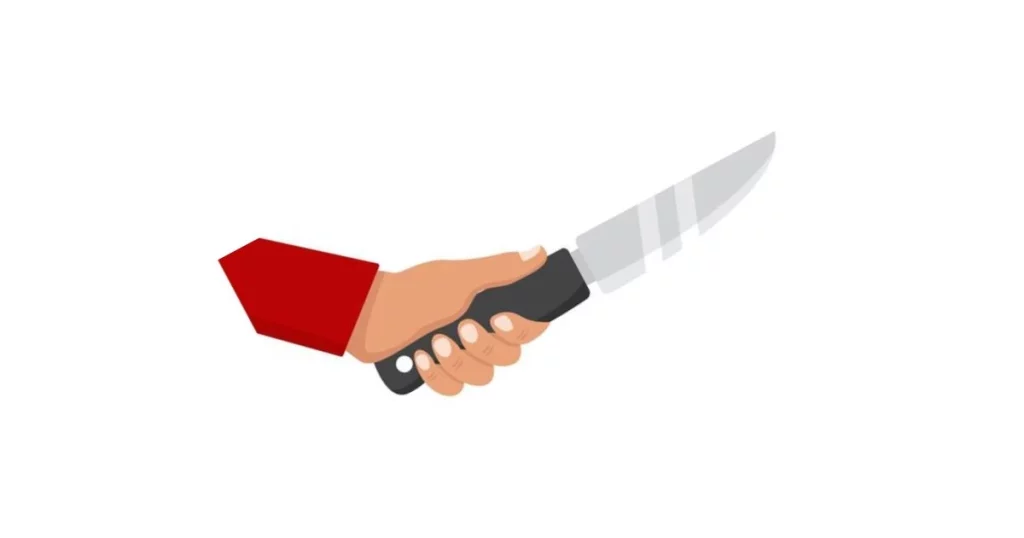
Carrying knives responsibly involves not only understanding the relevant laws but also adopting safe and considerate practices. Here are some practical tips for carrying knives:.
Choose the right knife:
- Select a knife that suits your intended use and is legal in your area. Consider factors such as blade length, folding vs. fixed blade, and any restrictions on certain types of knives.
Secure Storage and Transportation:
- When not in use, keep the knife securely stored, especially during transportation. Many jurisdictions require knives to be carried openly or in a sheath.
Education and Training:
- Educate yourself on proper knife handling and safety. Consider taking courses or seeking guidance from experienced individuals to enhance your skills.
Purposeful Carrying:
- Carry a knife for legitimate and lawful purposes, such as utility or work-related tasks. Avoid carrying a knife with the intent to use it as a weapon.
Respect restricted areas:
- Be aware of locations where knives are prohibited, such as schools, government buildings, and public events.
- Concealed Carry Permits:
- If required in your jurisdiction, obtain the necessary permits for concealed carry. Follow the established procedures to ensure legal compliance.
Regular Maintenance:
- Keep your knife in good condition through regular maintenance. This includes cleaning, oiling, and sharpening the blade to ensure optimal performance.
Avoid aggressive displays:
- Exercise discretion when using or displaying your knife in public. Avoid aggressive gestures or behaviours that may cause unnecessary concern.
- Emergency Preparedness:
- Carry a knife as part of your emergency preparedness kit. In situations where it can be a valuable tool, having a reliable knife on hand can be essential.
Inform Others:
- If you are carrying a knife in a social or professional setting, inform others if it becomes relevant to the situation. This transparency can help avoid misunderstandings.
Legal Awareness While Traveling:
- When travelling, research and understand the knife laws of the areas you’ll be visiting. Comply with the regulations of each jurisdiction to avoid legal issues.
Be mindful of cultural sensitivities.
- In diverse communities, be mindful of cultural sensitivities associated with carrying or displaying knives. Respect local norms and customs.
Seek legal advice.
- If you have specific questions or concerns about knife laws in your area, consider seeking legal advice from a professional who specializes in local regulations.
Conclusion
In conclusion, navigating the complex landscape of knife laws requires a combination of legal awareness, responsible ownership, and staying informed about recent developments. Recent legal developments, which may vary by region, can significantly impact the legal landscape surrounding knife ownership and carry. Staying informed through official government sources, legal databases, news outlets, and professional advice is key to ensuring compliance with the latest regulations.
Practical tips for responsible knife ownership include secure storage and transportation, regular maintenance, and respectful behavior in public spaces. By following these guidelines, individuals can mitigate the risk of legal complications and contribute to a culture of safe and responsible knife use.

